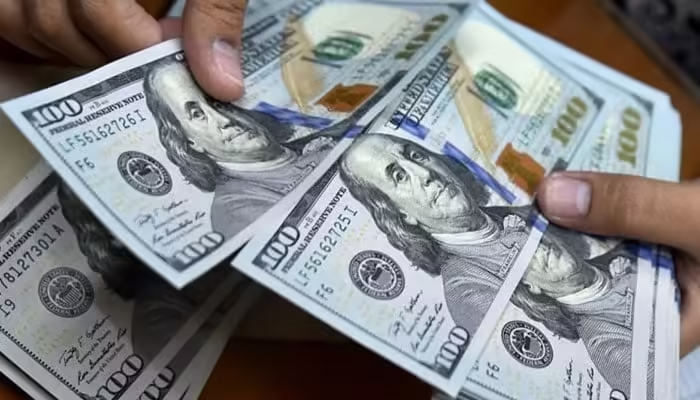The value of the dollar has shown a minor decrease against the Pakistani rupee in the interbank market. This slight fluctuation is part of the ongoing volatility in currency exchange rates influenced by various economic factors.
As per the latest updates from the interbank market, the value of the dollar decreased by 4 paise today. With this change, the dollar closed at 278 rupees and 13 paise. This marks a small but notable decline from the previous day’s closing rate, where the dollar had increased by 6 paise, closing at 278 rupees and 17 paise.
In the open market, however, the value of the dollar remains steady, maintaining a rate of 280 rupees and 50 paise. This stability in the open market suggests a different dynamic at play compared to the interbank market, possibly reflecting varied demand and supply conditions or other influencing factors.
Analyzing the Trends and Factors
The minor changes in the dollar-rupee exchange rate over the past couple of days can be attributed to a range of factors. These include:
Market Sentiment and Speculation: Currency values can be highly sensitive to market sentiment and speculative activities. Traders and financial institutions often react to news, economic indicators, and geopolitical events, causing short-term fluctuations.
Economic Policies and Interventions: Actions taken by the central bank, such as adjustments in interest rates or foreign exchange interventions, can impact the currency value. The State Bank of Pakistan’s policies and statements play a crucial role in influencing the exchange rates.
International Economic Conditions: The global economic environment, including the performance of the US dollar against other major currencies, can affect its value relative to the Pakistani rupee. Changes in the global economic landscape, such as shifts in trade policies or economic performance of major economies, are significant factors.
Domestic Economic Indicators: Key economic indicators within Pakistan, such as inflation rates, GDP growth, and trade balance, also influence the currency value. A positive outlook on these indicators can strengthen the rupee, while negative trends might weaken it.
Implications for the Economy
The value of the dollar against the rupee is a critical indicator for various sectors of the economy. Here are some implications:
Import and Export Sector: A weaker rupee makes imports more expensive, which can increase the cost of imported goods and raw materials. Conversely, it can make exports cheaper and more competitive in the international market, potentially boosting export revenues.
Inflation: Fluctuations in the exchange rate can directly impact inflation. A weaker rupee can lead to higher prices for imported goods, contributing to inflationary pressures. Managing these pressures is a key challenge for policymakers.
Foreign Debt Servicing: Pakistan’s foreign debt obligations are typically denominated in dollars. A stronger dollar relative to the rupee can increase the cost of servicing these debts, putting additional strain on the country’s finances.
Investment Flows: Exchange rate stability is an important factor for foreign investors. Volatility in the currency market can affect investor confidence and influence the flow of foreign direct investment (FDI) into the country.
The recent decrease in the dollar’s value by 4 paise in the interbank market, closing at 278 rupees and 13 paise, highlights the ongoing fluctuations in the currency exchange rates. While the open market remains steady at 280 rupees and 50 paise, the slight decline in the interbank market reflects the dynamic nature of currency trading influenced by multiple factors.
Understanding these fluctuations and their underlying causes is crucial for stakeholders, including policymakers, businesses, and investors. It allows for better planning and adaptation to the changing economic landscape. As the situation evolves, continuous monitoring and strategic interventions will be essential to manage the impacts on the economy and ensure financial stability.
This nuanced view of the currency exchange trends underscores the interconnectedness of local and global economic factors, emphasizing the need for a comprehensive approach in managing the nation’s economic policies and strategies.



